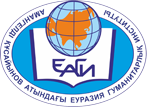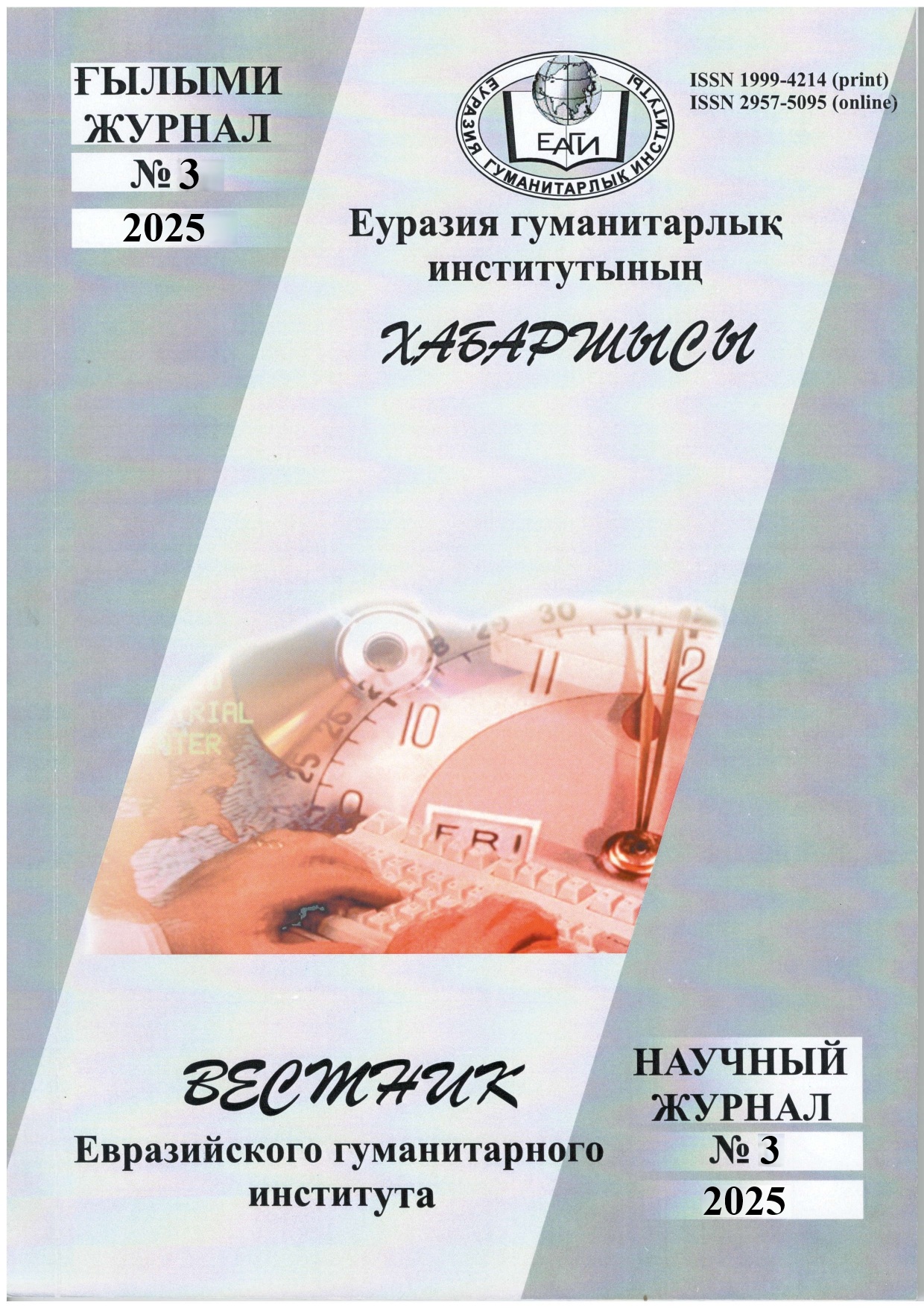PARALLELS BETWEEN PRONOUNS IN TURKIC INSCRIPTIONS AND MODERN TURKIC LANGUAGES: BASED ON ANCIENT AFFIXES
DOI:
https://doi.org/10.55808/1999-4214.2025-3.03Keywords:
Old Turkic language, pronoun, phono-morpho-semantic changes, historical grammar, Turkic languages.Abstract
This article examines the phono-morpho-semantic features of ancient affixes within the pronouns of Old Turkic written monuments.
The purpose of the research is to identify the structure of pronouns in Old Turkic and, by comparing them with the pronoun systems of modern Kazakh, Turkish languages, to reveal historical continuity and typological distinctions. The study focuses on identifying ancient forms of personal, demonstrative, interrogative, and reflexive pronouns, as well as analyzing phonetic changes, morphological transformations, and processes of semantic expansion. The results demonstrate the continuity between ancient linguistic structures and modern language phenomena and contribute to a deeper understanding of the historical grammatical development of Turkic languages.
Based on ancient Turkic written sources and modern language data, phonetic changes, morphological transformations, and semantic shifts were systematically examined. The preservation of ancient roots and affixes in modern Turkic languages was identified, along with the internal development patterns and externally influenced processes. Historical-genetic relationships between the pronoun system of Old Turkic and the grammatical structures of modern Turkic languages were comprehensively demonstrated. The study scientifically explains the reasons for both unity and diversity among the Turkic languages. This research provides valuable contributions to the understanding of the historical evolution of Turkic morphology and language development.


